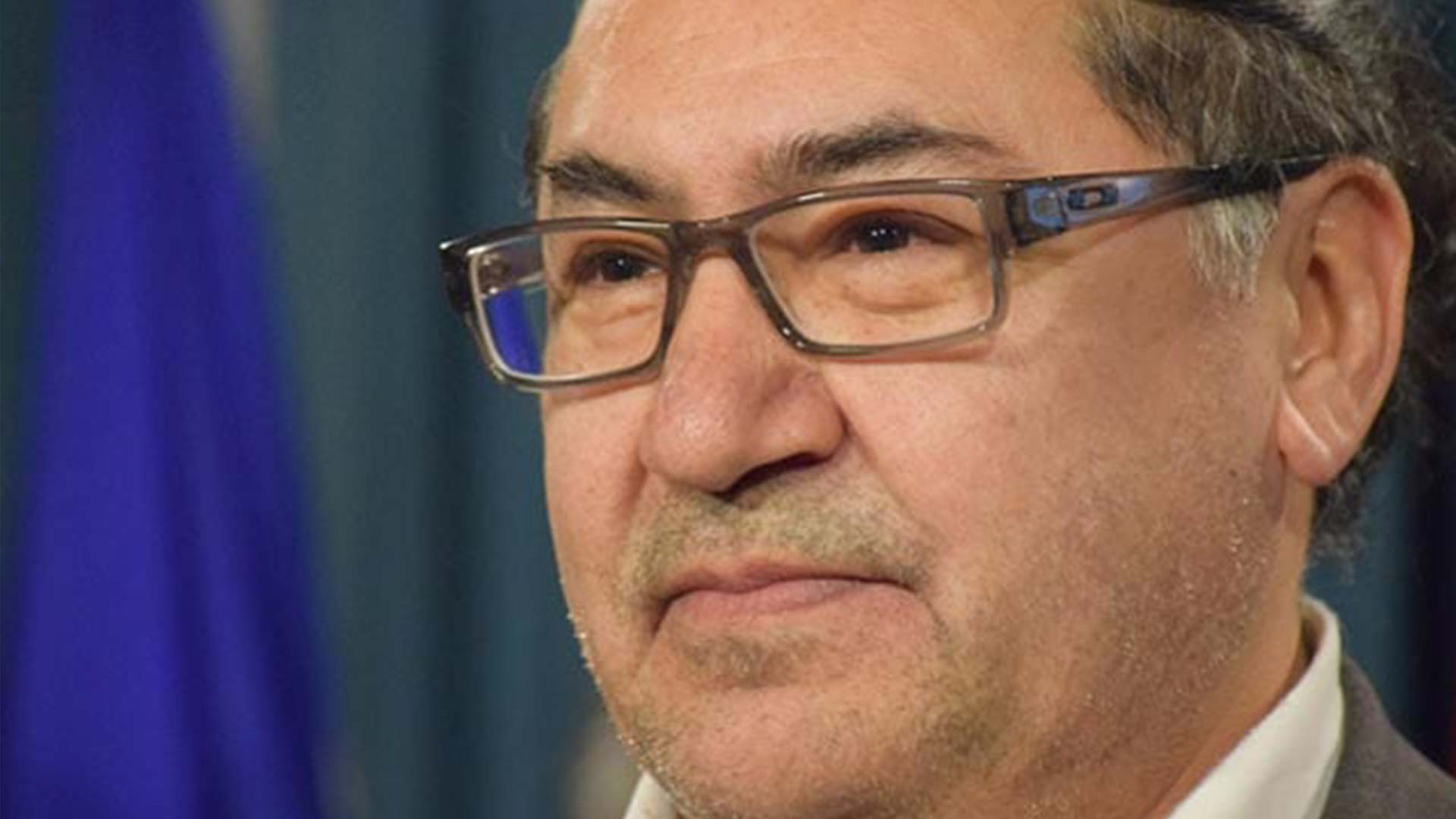Abitibi-Baie-James-Nunavik-Eeyou: its name is long, and its territory is vast.
The riding covers over half of Quebec’s total land mass and encompasses the ancestral territories of the Naskapi, the Anishinaabe, the Cree, and the Inuit.
It was first put on the map in 2011, when Cree candidate Romeo Saganash swept the race for MP and won nearly twice the number of votes of his closest competitor.
“The future of Quebec is in this riding,” Saganash told APTN News following his 2011 victory.
Although it’s Canada’s third largest riding, in recent years, Abitibi-Baie-James-Nunavik-Eeyou has struggled with low voter turnout.
Only 40 per cent of the riding’s 64,000 eligible voters cast a ballot in the 2019 federal election.
However, with more Indigenous candidates throwing their hat into the political ring, experts hope that voter turnout will increase across the country in 2021.
“The number [of candidates] is increasing, and there’s more awareness and a willingness to look at participating in Canada’s federal election as a way of being able to make change,” explained Chadwick Cowie, a professor with McGill University in Montreal.
“However, how far that goes and what that entails is another question.”

Following Saganash’s departure from politics, the Abitibi-Baie-James-Nunavik-Eeyou riding flipped from NDP over to the Bloc Quebecois.
The riding’s incumbent candidate is Sylvie Berube, the Bloc’s critic for Indigenous Affairs. During campaigning, the party promised to advocate to abolish the Indian Act if successful in their run.
Berube says the party is letting Indigenous people take the lead.
“It’s important to listen and learn, and it’s the communities who will tell us what we can do for them, not us saying what we can do for them,” Berube explained.
“The Bloc Quebecois is really headed in this direction – equal for equal, nation to nation – and being attentive to the direction we’re going in together.”
Two of the five federal party candidates running in Abitibi-Baie-James identify as First Nations.
New Democratic Party (NDP) candidate Pauline Lameboy hails from the Cree community of Chisasibi. Like Saganash, her focus is full implementation of the United Nations Declaration on the Rights of Indigenous peoples, or UNDRIP.
“It’s time that our voices are heard. It’s time that our beliefs and our values be respected at the Federal level. And together, we can make a big difference – if we stand together, united,” Lameboy said.
Running under the Liberal party banner is Lise Kistabish, Anishinaabe from Pikogan First Nation. She’s angling for better service delivery.
“I think the issues that will be brought forward is really the priorities of the communities – like housing. The water. The climate changes – all this, and the wellness of the communities. And also the health issues. And the elders also,” Kistabish told APTN News.
Indigenous voting rates among on-reserve populations are slowly going up. According to Elections Canada, the voting rate increased by one per cent between 2015 and 2019.
Will we see another such increase in 2021?
With pre-electoral discussions in Quebec taking a “nationalistic” tone, the Assembly of First Nations Quebec-Labrador say they’re unsure.
“No solutions will come from [party leaders]; the AFNQL is convinced of this as it has been repeatedly confirmed to us throughout history,” reads a statement issued on behalf of Regional Chief Ghislain Picard on Sept. 14.
“Whatever is said and done in Ottawa and Quebec, First Nations will always be free and capable of protecting their languages, their values, and their powers.”









